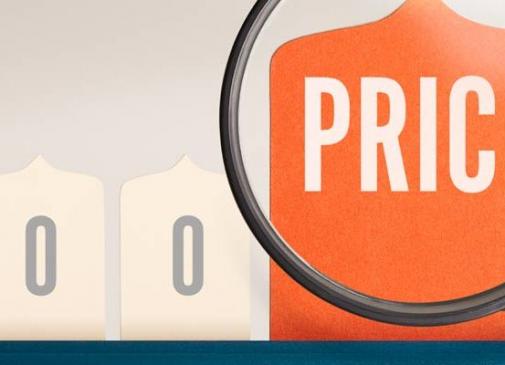For the majority of French consumers, a physical store remains a key component of the omnichannel retail network. That does not mean they cannot see any room for improvement in the way bricks cater to their needs. Most common suggestions include more clarity on prices and faster service, particularly at the checkout.
For the majority of French consumers, a physical store remains a key component of the omnichannel retail network. That does not mean they cannot see any room for improvement in the way bricks cater to their needs. Most common suggestions include more clarity on prices and faster service, particularly at the checkout.
A growing popularity of e-commerce has not threatened brick-and-mortar stores, a report on a retail sector reveals. Over half of those surveyed continue to do their shopping in physical stores despite a wide product offer that is just a few clicks away. That does not mean that bricks can grow complacent. Conducted among 5,000 European consumers by Morar for ShopperTrakEnquête, the survey highlighted several key areas where traditional stores could improve their service.
No lines at checkout
Consumers point to a fast in-store service as the key requirement to be met by brick-and-mortar stores. 34 percent of those surveyed admitted to have given up on shopping due to long queues. Tired of wasting time in a line, shoppers expect stores to introduce more innovative solutions which would eliminate the need to queue completely. 30 percent of respondents would like to see the system of virtual tickets which would spare them the nightmare of queuing, while 22 percent would be happy to use mobile app like « Scan and Shop » to be able to automatically add products to their cart during a stroll along the store aisle.
More clarity on prices
34 percent of consumers believe that stores should offer more precise and clear information on prices and discounts. Also, respondents expect more information to be available in-store via multiple channels. 60 percent of them wish that the store’s shelves were equipped with e-labels, such as ESL (electronic shelf label system) used by some retailers for displaying product pricing on shelves, or QR codes to ensure transparency of online/in-store pricing and better visibility in real time of stock availability.
Digital-savvy staff
28 percent of those surveyed wish that the in-store staff were more competent and able to offer the same services as those available in an online store, such as access to online notification, possibility to check stock availability in real time on a tablet or a smart inventory tag whenever a given item is not available on shelf. According to 22 percent of shoppers, store staff should be equipped with tablets to provide access to a digital in-store service.
Source: https://www.lsa-conso.fr/les-5-chantiers-prioritaires-des-magasins-selon-les-clients-etude,261655










